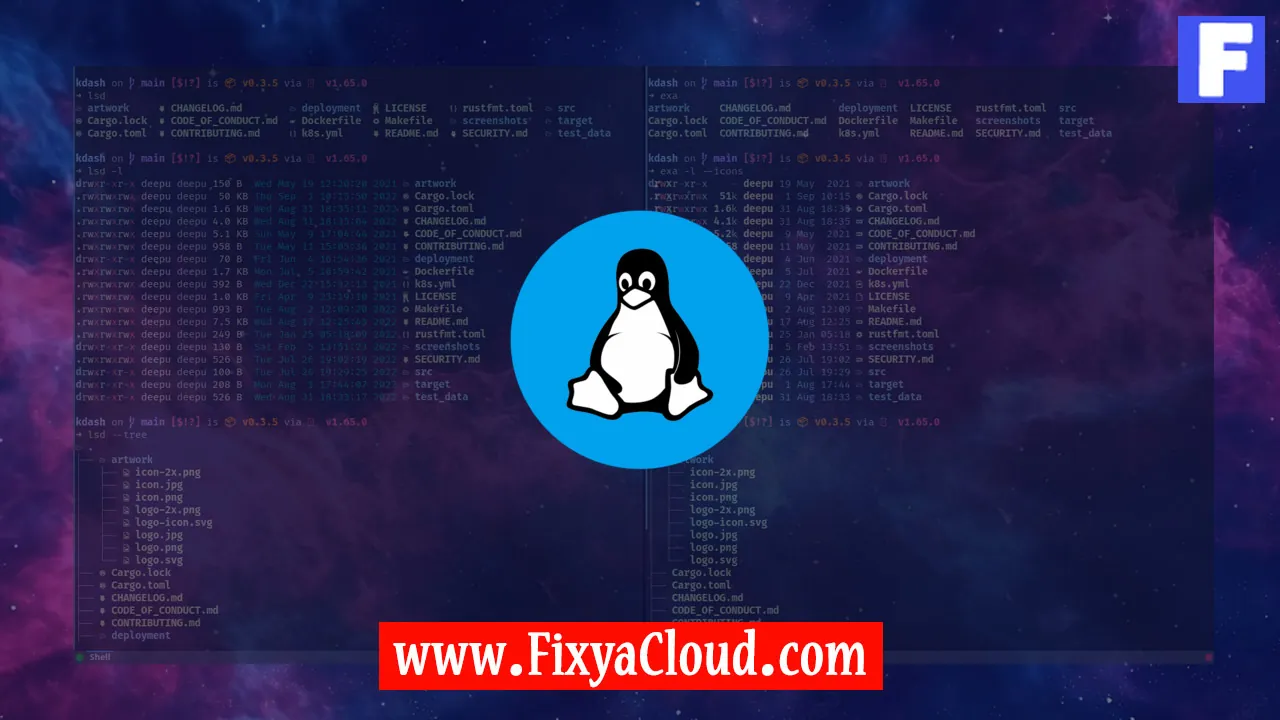Setting Up FileZilla Server on CentOS 7

Setting up a FileZilla Server on CentOS 7 can greatly enhance your file transfer capabilities, providing a secure and efficient way to manage your files. FileZilla Server is a popular choice for its user-friendly interface and robust features. In this guide, we will walk you through the process of installing and configuring FileZilla Server on a CentOS 7 system.
Prerequisites:
Before we dive into the installation process, ensure that you have the following prerequisites in place:
CentOS 7 Server: Make sure you have a CentOS 7 server with root access.
Internet Connection: Ensure that your server has a stable internet connection for downloading necessary packages.
Step 1: Update System Packages
To begin, update your system packages to ensure you have the latest versions:
sudo yum update
Step 2: Install FileZilla Server
Now, let's install FileZilla Server. Use the following command:
sudo yum install epel-release
sudo yum install filezilla
Step 3: Start and Enable FileZilla Service
After the installation, start the FileZilla service and enable it to start on boot:
sudo systemctl start filezilla
sudo systemctl enable filezilla
Step 4: Configure FileZilla Server
FileZilla Server configuration file is located at /etc/filezilla/server.xml. Open it with your preferred text editor, such as nano or vim:
sudo nano /etc/filezilla/server.xml
Inside the configuration file, you can customize various settings such as port numbers, user permissions, and more. Save the changes and exit the editor.
Step 5: Create FileZilla Users
Now, let's create FileZilla users. Use the following command to add a new user:
sudo filezilla-server-adduser
Follow the prompts to set a username, password, and configure the user's access permissions.
Step 6: Restart FileZilla Service
After making changes, restart the FileZilla service for the configurations to take effect:
sudo systemctl restart filezilla
Step 7: Firewall Configuration
If you have a firewall enabled, allow traffic on the FileZilla Server port. For example, if using the default FTP port (21):
sudo firewall-cmd --zone=public --add-port=21/tcp --permanent
sudo firewall-cmd --reload
Step 8: Access FileZilla Server
Now that everything is set up, you can access your FileZilla Server using your favorite FTP client. Enter the server IP, username, and password to establish a connection.
Congratulations! You have successfully set up FileZilla Server on CentOS 7. Explore additional configurations and features in the official documentation.
Related Searches and Questions asked:
That's it for this topic, Hope this article is useful. Thanks for Visiting us.
